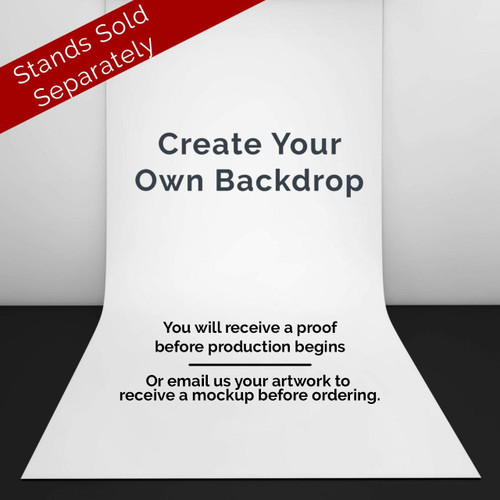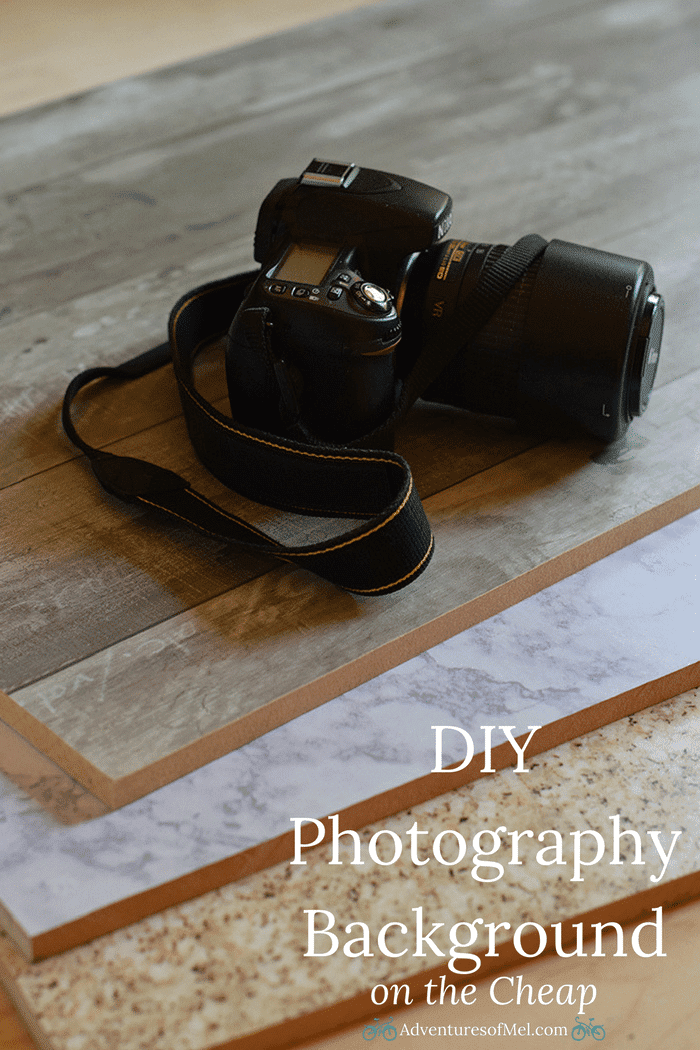
This backdrop is a reusable item that is washable when dirty. Muslin backdrops: their solid color provides a formal look, which is the ideal option for shooting serious portraits or ID pictures. As a rule, Savage Universal offers you a wide range of options for every budget and taste. For a start, order a 5x7 standard backdrop or a bigger one with size modifiers 3.5 to make it more compact if the need arises.

Such a wide choice makes you dizzy? If you’re just a beginner, don’t be in a hurry to purchase the largest and most expensive variant. However, they need a large and solid backdrop support system so plan out extra budget for it.

These backdrops are great if you want to photograph a larger family full-length, or have a video shoot that requires movement.

A 20 or 24-foot long backdrop can cover just about every style of portraiture and product photography.A 10 or 12-foot long backdrop is an essential addition to your studio if you plan on shooting full-length portraits or larger product shots.These full-body portrait backgrounds will accommodate everything from portraits of children to portraits of families.
HOW TO MAKE YOUR OWN BACKDROPS FOR PHOTOGRAPHY PROFESSIONAL
A 9 or 10-foot wide backdrop is what can be found in most professional studios due to its versatility.They are ideal for event photographers who often work in busy spaces or small home studios. These backdrops are easy to manage and require minimal space to set up. A 5 or 6-foot wide backdrop is a great size for headshots and ¾-length portraits.These backdrops are easy to store and are the most cost-effective option as well. They are a perfect choice if you are shooting tight headshots. A 3.5-foot wide or long backdrop is your smallest option.Below we list the most common and widely used backdrop sizes for you to check out. So if you pick a backdrop that’s way too big for your tiny studio, you can end up with a large piece of fabric you have nowhere to put. For example, the person you’re going to shoot should be positioned at least 3 feet away from your backdrop to prevent shadows. For this we painted the entire board brown, then did random brushes of turquoise paint on top.Īnyone else have some good ideas for food photography backdrops? Share the love.When choosing a backdrop size, think about the size of your studio and photo subject. The fence backdrop that we painted brown and white.Īnd the turquoise-brown side of our plywood background. It’s missing that texture element, but’s it’s still a great choice for simple white backgrounds. I like how you can really see the texture of the wood and how it looks weathered and rustic. So here’s how it looks as a final product… Have a creative suggestion for us? Let us know by leaving a comment below 🙂 We still have one more to play with, but we aren’t really the crafty creative types. Another one we gave a base coat of a brown and then a light random brushing of white on top. That’s pretty much my go-to backdrop at this point. We left one all-natural, without painting or anything. See the photos above? That’s Tyler and I breaking the planks apart, removing the nails, sawing them down to size, and just reassembling them into boards. I asked the fence company to leave me one section of my old wood fence. I just replaced this old wooden fence in the backyard with one of those fancy new PVC jobs. No? People are throwing them out all the time, so go find some. If you look at the photos towards the end of the post, you’ll actually see that the turquoise/brown backdrop and the all white backdrop are exactly that.Ģ) have an old wood fence lying around? Yes?! Fantastic, you can make an easy DIY food photography backdrop. At that point, you have a two-sided board. Clamp them down with some heavy objects and come back the next day. With the pieces from the other square, go in the opposite (perpendicular) direction and press into the glue.

Reassemble one of the boards into the square shape, and then drizzle wood glue or something of similar or greater strength all over it. I know that was super unclear, so let me try to explain. You can buy two of them, use the saw of your choice to cut them into equal sized strips, and then glue them back together, actually creating two backdrops in one. You’ve basically got two options when it comes to making a wooden DIY Food Photography Backdrop.ġ) they sell little squares (around 2′ x 2′) of plywood at many home improvement stores. They are cheap, simple, and a great way to add depth and creativity to your food photography. I figured I would share some really easy ways you can make your own food photography backdrops. I’m actually at the point now when I need to expand my backdrop repertoire, since I’m growing tired of the few I currently have in my arsenal. You get bored with it, and your readers get bored with seeing that same countertop day in and day out. Taking photos of your food on the same surface over and over again gets boring.


 0 kommentar(er)
0 kommentar(er)
